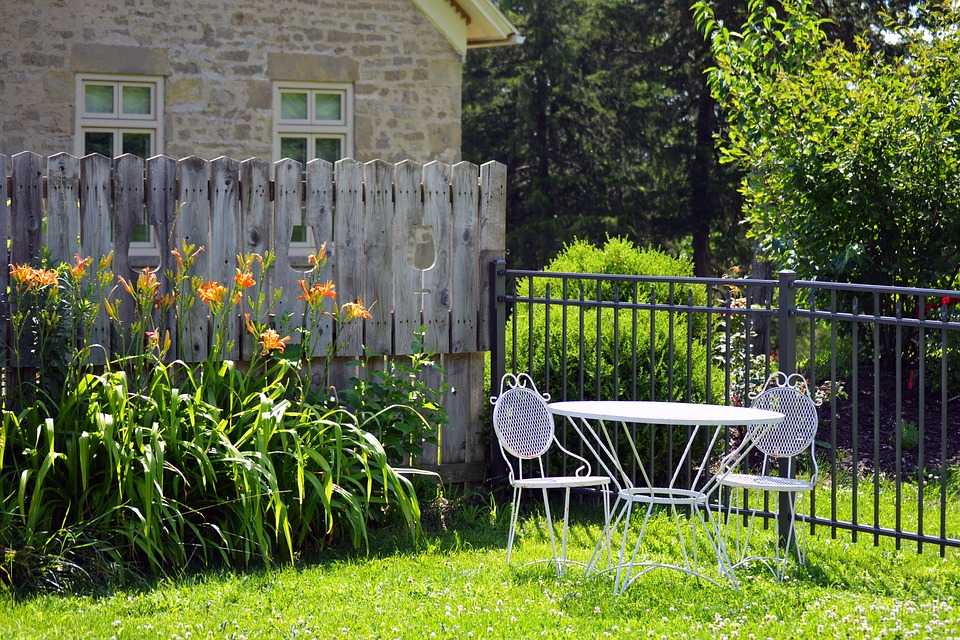
Tips for Growing and Maintaining a Beautiful Lawn of Bermuda Grass
When it comes to the best grasses in terms of appearance and feel, Bermuda has to be at the top of the list. Though it isn’t cheap, you can’t beat the lush green aesthetic and performance that you’ll find with this particular option.
If you’re living in the southern U.S., you should consider Bermuda due to its ability to tolerate heat, long stretches without water, salt, and foot traffic on a regular basis. Once you’ve made the decision to go with this type of grass, these 5 tips can help you lay the Bermuda sod effectively and maintain it in the future.
Lay the Sod at the Right Time
Though it’s durable once planted, when you’re first laying the sod for Bermuda grass, you need to make sure the conditions are appropriate for the project. Sod should be laid in the spring, when temperatures aren’t extreme. Ideally, daytime temperatures should be between 75 and 90 degrees.
Bermuda grass can survive cooler temperatures, but to establish a good baseline of health it’s necessary to lay it at a time where it can absorb water and grow quickly in the early months. If you lay it during a time where temperatures are cold, it’s extremely difficult to establish a good connection between sod and soil, and the young grass is even at risk of dying during a brief period of frost.
Water Often Once Sod is Installed
The first couple of weeks are critical to growing a healthy Bermuda lawn. Following installation, you should be watering the sod twice a day for two weeks. Be sure to spread out your watering sessions by doing it once in the morning and once in the afternoon. Do your best to avoid watering in the evening because this may lead to standing water, which encourages fungus and insect issues.
In the third week after installation, you can begin to reduce watering frequency to once a day. During week four, you can scale back further by watering deeply twice per week.
Know When to Mow
When you first install your Bermuda sod, avoid mowing for at least two weeks to avoid damaging your new grass. One great way to know if it’s ready to be mowed is by testing it out by pulling gently on a section of your sod strip. If it stays firm on the ground, it’s ready to mow. If you find it’s not fully secured, hold off for a few more days.
If you have to err on one side or the other, it’s better to mow a little bit late than too early. If you mow too early, it may kill your grass before it’s able to take root.
Learn Maintenance Best Practices
We’ve talked about when to mow, but it’s also important to know how to mow. Most experts recommend cutting your grass to a 1.5-inch length, which may require you lowering your mower platform. Keep in mind that if you’re going to be taking off a significant amount of length from its current state, it’s best to mow in stages.
Scalping – which refers to cutting your lawn to a length in which the stems are exposed – is not recommended under any circumstances before your Bermuda grass has been established and growing for less than six months.
When it comes to fertilization, products with a high Nitrogen content are considered the best fertilizers for Bermuda grass. It’s also best if the fertilizer is classified as “slow-release” to avoid overwhelming the roots and soil, known as burning.
The primary time to be concerned with fertilization is during the early stages after laying the sod. Fertilize regularly for four weeks after you’ve installed the sod and you’ll only need to fertilize as needed after that period has passed.
Learn the Indications of Struggling Bermuda Sod
Don’t get scared if your Bermuda grass doesn’t grow perfectly at first. With that being said, you should be aware of the signs that indicate your lawn might need some extra TLC.
If your Bermuda sod needs more water, it will become brown or even die in some cases. Another sign is that the sod may shrink, meaning gaps will begin to present themselves before your pieces of sod. Signs of over-watering include the appearance of mushrooms or fungus, or a “sponge-like” feel when you push down with your fingers.
Though it might sound challenging to know the right water levels, rest-assured your Bermuda grass will let you know what it needs by its appearance and texture.





